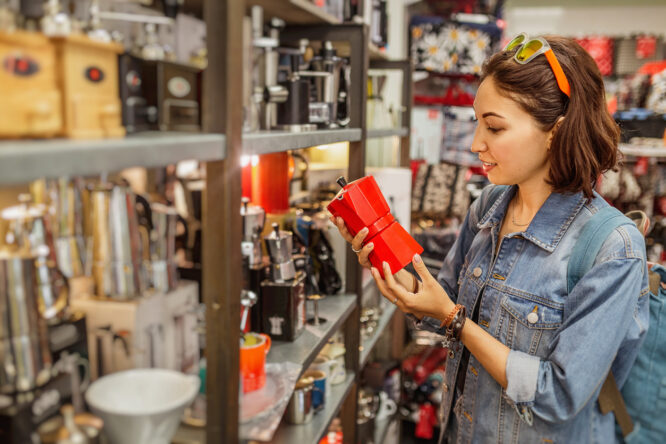You bring home a cute houseplant with high hopes—it’s lush, perky, and you promise yourself this time will be different.
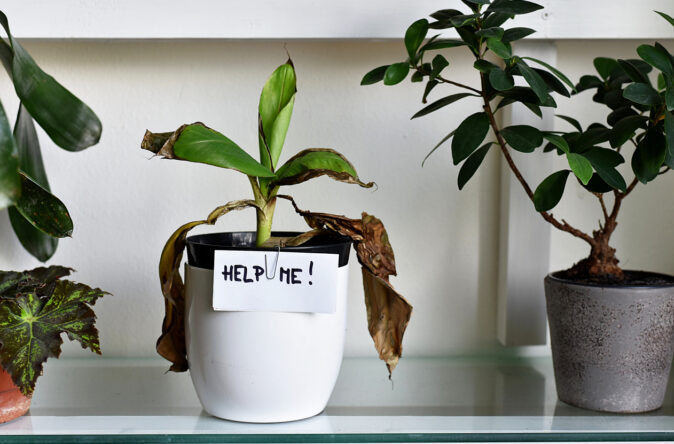
Fast-forward a few weeks, and suddenly it’s dropping leaves like it’s going through a dramatic breakup. If your leafy friend is shedding faster than you can sweep, don’t panic. There are lots of reasons this might be happening, and most of them are fixable. Here are 10 surprisingly common reasons your plant is being a bit dramatic, and how to help it chill out and thrive.
1. You’re watering with love… a little too much.
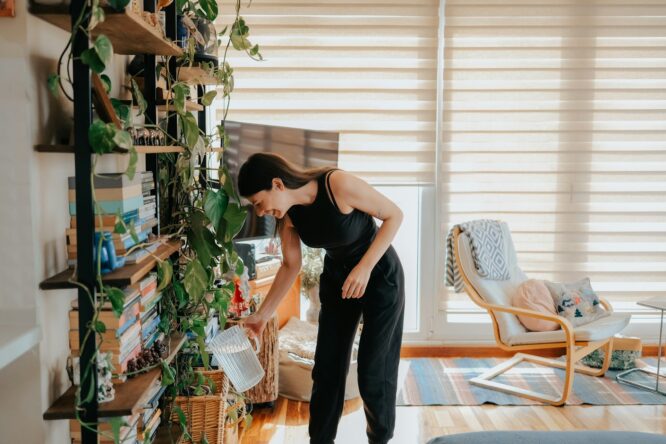
Overwatering is one of the top reasons houseplants throw in the towel. We get it—you want to care for them, and watering feels like the most obvious way to show love. But soggy soil can suffocate the roots, causing leaves to yellow and drop.
Before you reach for the watering can, poke a finger into the soil. If it’s still damp a few inches down, give it a rest. Your plant would much rather be slightly thirsty than constantly drenched. Think of it like wearing wet socks—nobody thrives that way.
2. It’s having a dramatic reaction to being moved.
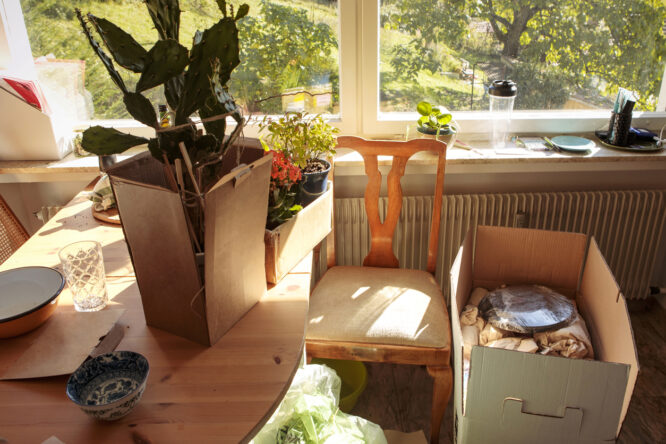
Plants may not pack a suitcase or sulk in silence, but they definitely notice when you move them to a new spot. That lovely corner you thought had better light? Your plant might see it as betrayal and respond by shedding leaves in protest.
Give it some time to adjust before assuming something’s wrong. Plants don’t like change as much as you might think, and they often drop a few leaves just to let you know they’re mildly offended. Leave it be, talk nicely to it, and it’ll likely perk up soon.
3. It’s cold, and your plant is not built for winter,
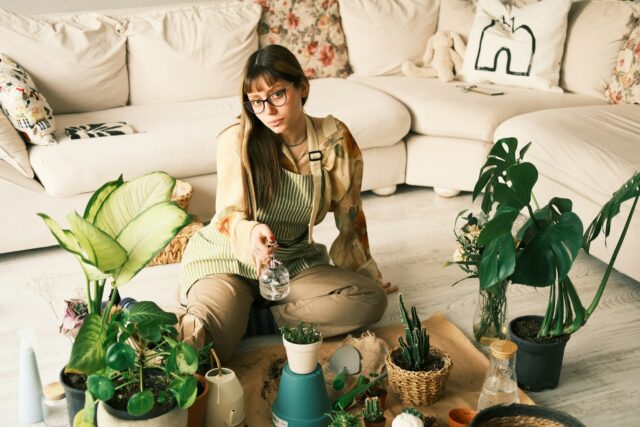 Source: Unsplash
Source: Unsplash Houseplants are often tropical by nature, and your cosy indoor heating doesn’t always make up for a cold draft or sudden temperature drop. If leaves are dropping and the plant’s near a chilly window or door, cold stress could be the culprit.
Try moving it away from cold air currents or insulating it with a curtain. If your plant could talk, it’d probably ask for a jumper and a hot drink. Sadly, you’ll have to settle for repositioning and some gentle warmth instead.
4. It’s not getting enough light, even if it seems bright to you.
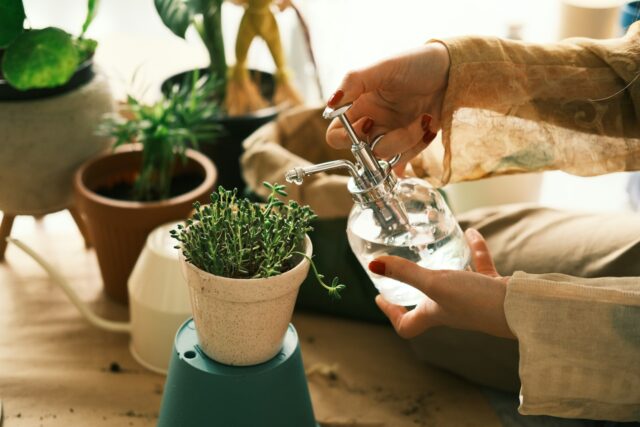 Source: Unsplash
Source: Unsplash “But it’s right next to a window!” you say, confused. The problem is, not all light is created equal. Some plants need bright, direct light to thrive, while others do better with filtered or indirect light.
If your plant is dropping leaves from the bottom up or stretching toward the window like it’s reaching for salvation, it probably needs more light. Try moving it closer to the sunniest spot you have, or consider a grow light if your flat’s more cave than conservatory.
5. You forgot to rotate it—and now it’s lopsided and moody.
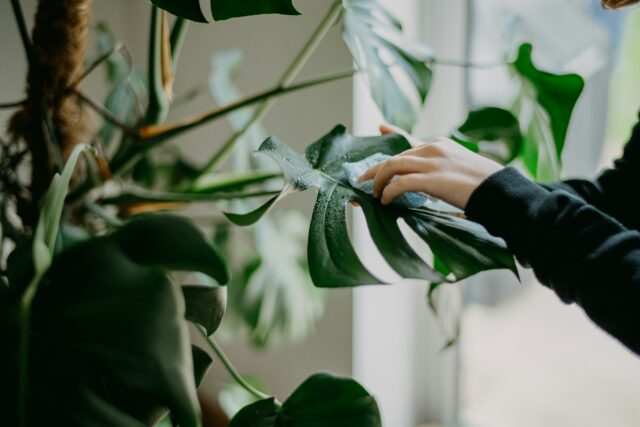 Source: Unsplash
Source: Unsplash Plants, like people, enjoy balance. If one side is hogging all the light while the other’s left in the dark, you’ll start seeing uneven growth and possibly some leaf drop. It’s nature’s way of saying, “Can we even this out, please?”
Rotating your plant a little every week helps ensure it grows evenly and stays perky all around. It’s a simple step that makes a huge difference, kind of like remembering to moisturise both elbows, not just one.
6. It’s going through a seasonal mood swing.
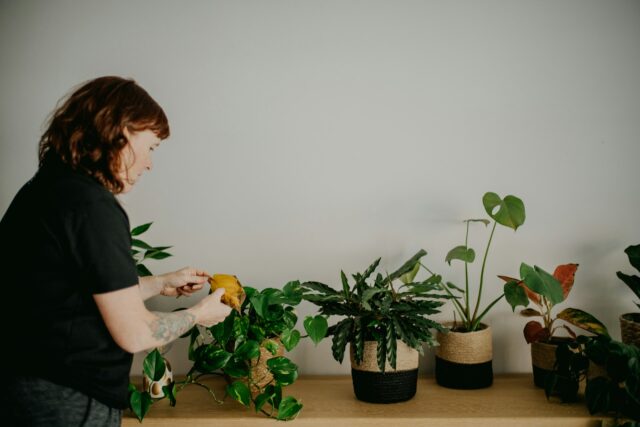 Source: Unsplash
Source: Unsplash Just like you might feel less energetic in winter, your plant could be taking a little break too. Many houseplants naturally shed some leaves during the colder months as they enter a semi-dormant state.
This is totally normal—it’s like a plant version of pulling the duvet over its head and hitting snooze. Don’t panic. Ease up on watering and let it rest. It’ll be ready to glow up again once spring rolls around.
7. It’s being eaten, just very subtly.
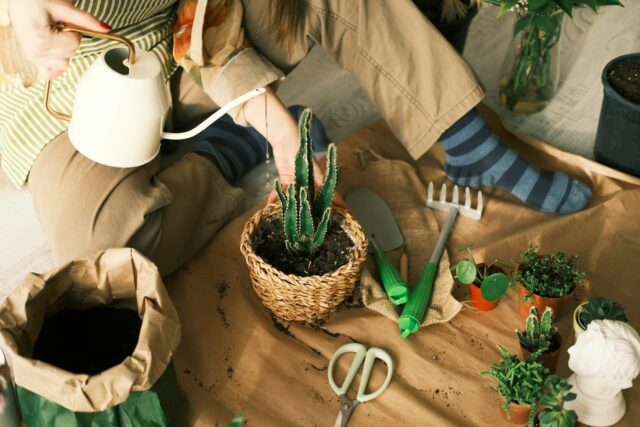 Source: Unsplash
Source: Unsplash Leaf drop can sometimes be a sign that your plant is playing host to some tiny uninvited guests. Spider mites, mealybugs, and other pests can quietly suck the life out of leaves until they’re too damaged to hang on. Have a closer look—check under leaves and along stems. If you see anything fuzzy, sticky, or suspiciously tiny, it’s time for a gentle pest treatment. Think of it like a spa day for your plant… with extra bug removal.
8. You’re underwatering—yes, that’s a thing too.
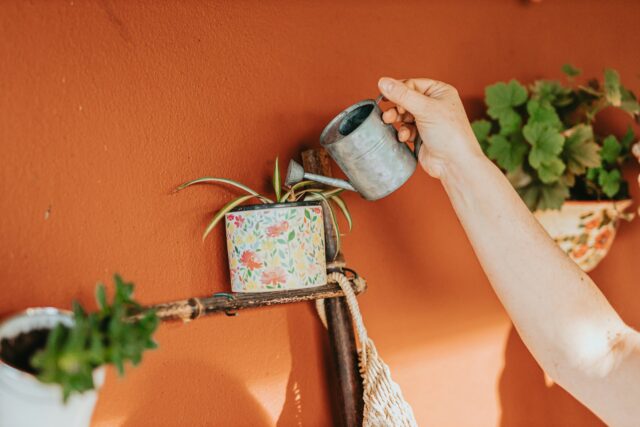 Source: Unsplash
Source: Unsplash If you tend to neglect your plant until it starts looking sad, then frantically douse it in water, it might be reacting to the inconsistency. Plants like routine, and the cycle of drought then flood can stress them out enough to shed leaves.
Try setting a reminder to water consistently based on your plant’s specific needs. Don’t treat it like a cactus, unless it is one. If it’s wilting, crispy, or dropping dry leaves, chances are it just wants a bit more regular attention.
9. You repotted it, and now it’s acting betrayed.

Repotting is often necessary, but it’s also a big upheaval. Your plant might drop a few leaves after being shifted to a new pot or soil—think of it as a short-term sulk. Give it time to settle and don’t fuss too much. Keep the watering steady and resist the urge to move it again. Like anyone adjusting to a new home, it just needs a little time and space to feel settled again.
10. It’s trying to tell you it’s outgrown its pot.
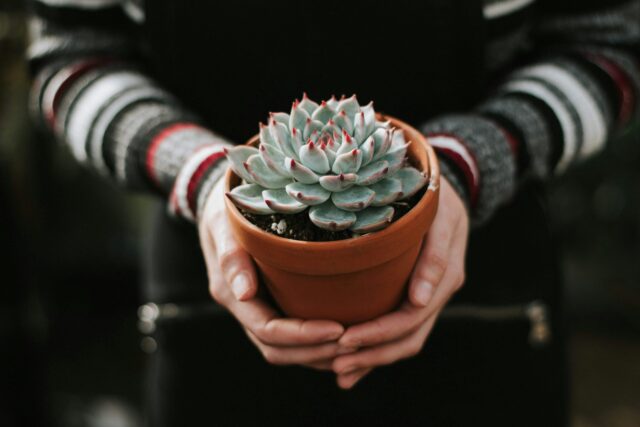 Source: Unsplash
Source: Unsplash If your plant’s roots are circling the bottom of the pot or poking out of the drainage holes, it might be time for an upgrade. Leaf drop is one way plants signal they’re feeling cramped and a little stifled.
Repotting into something just one size up can help it stretch out and get back to thriving. It’s not about giving it a mansion—just a bit more breathing room. Like trading in tight jeans for a comfy pair of joggers, it can be a game-changer.



